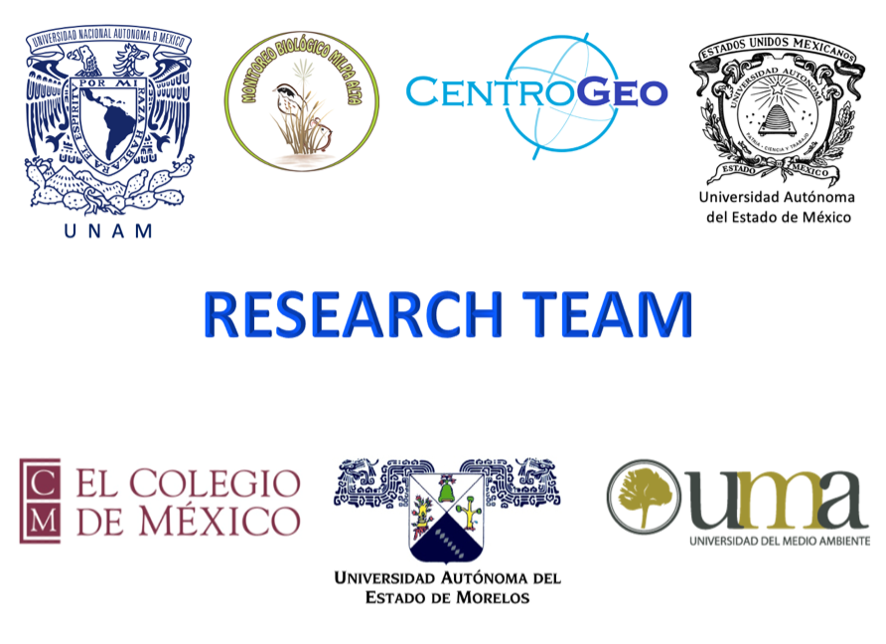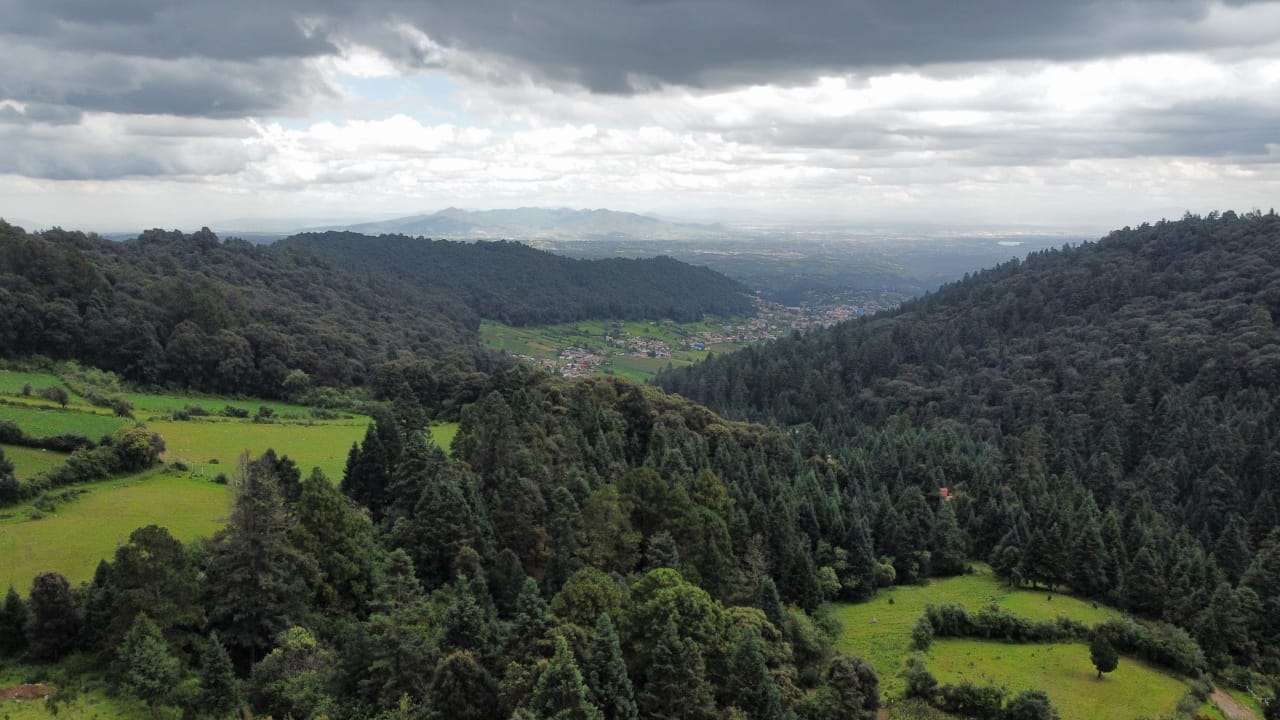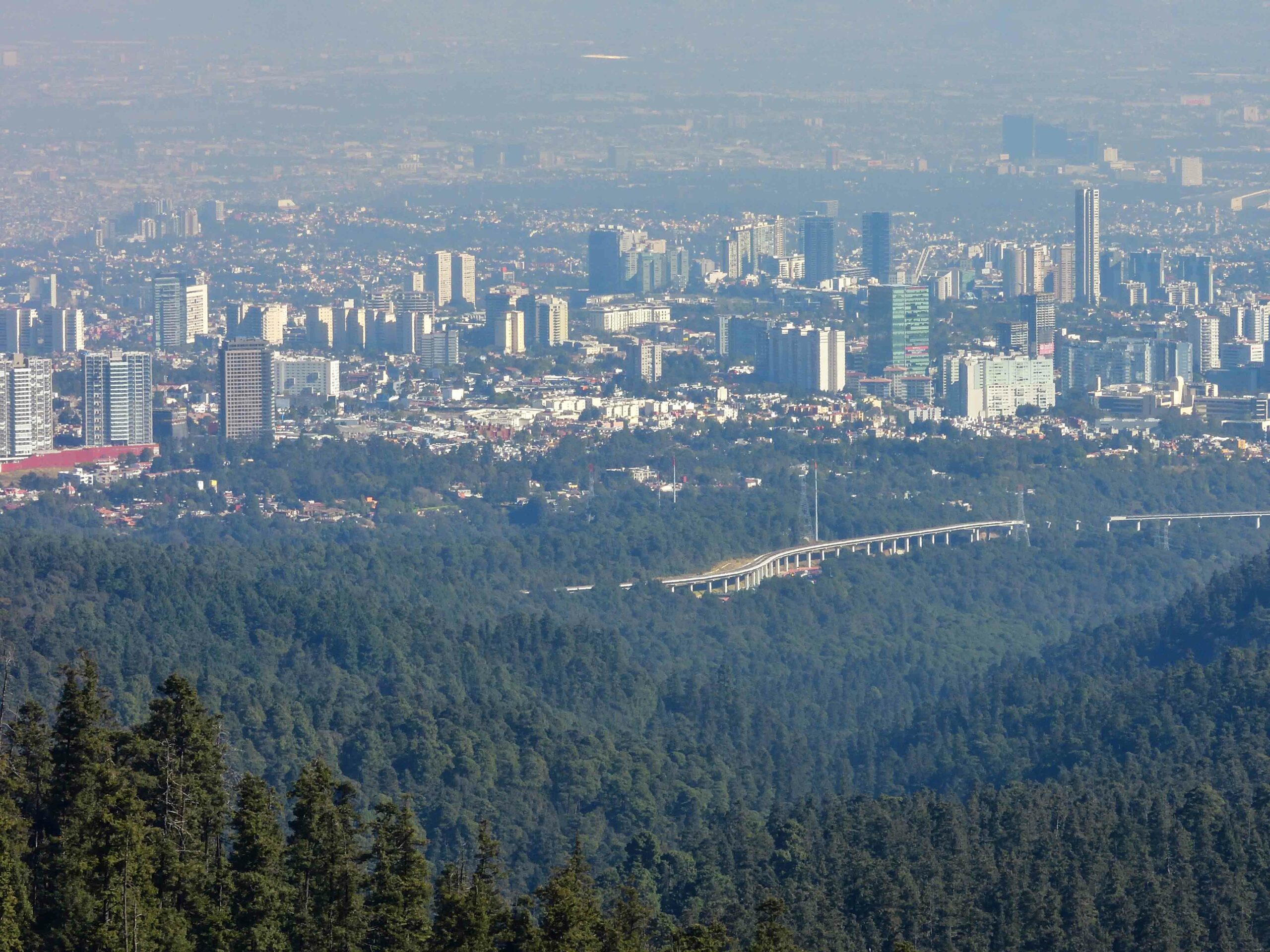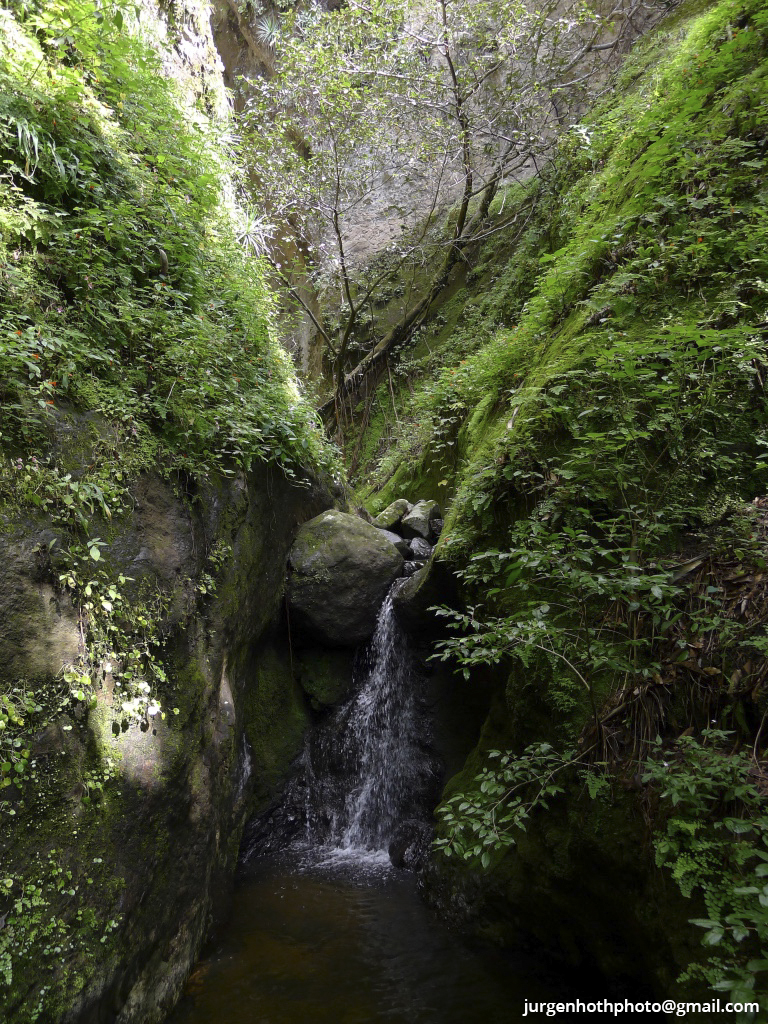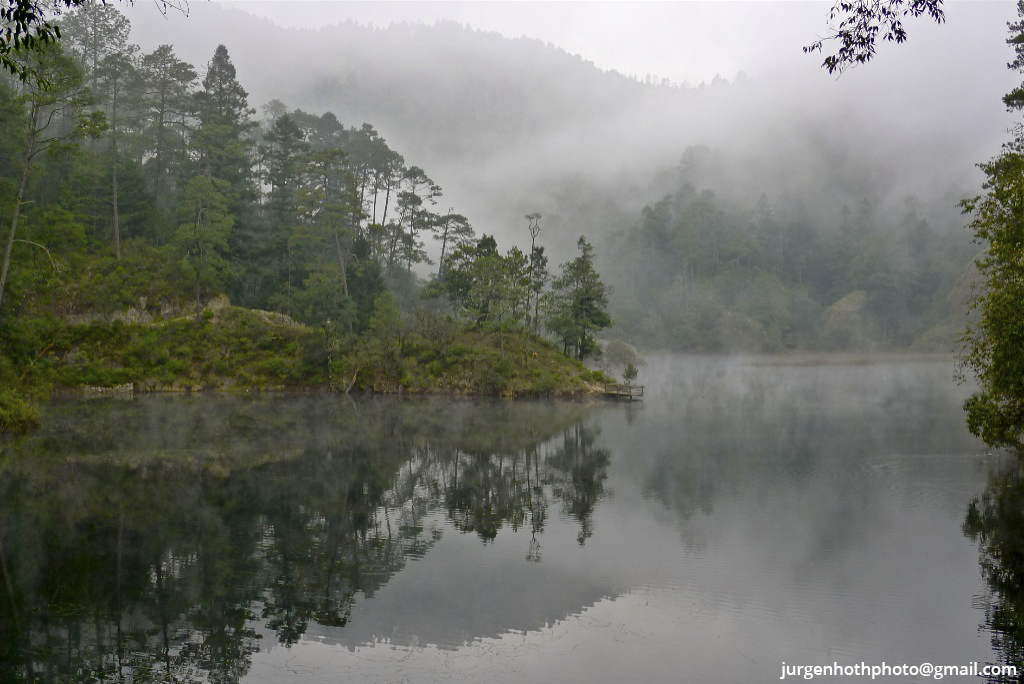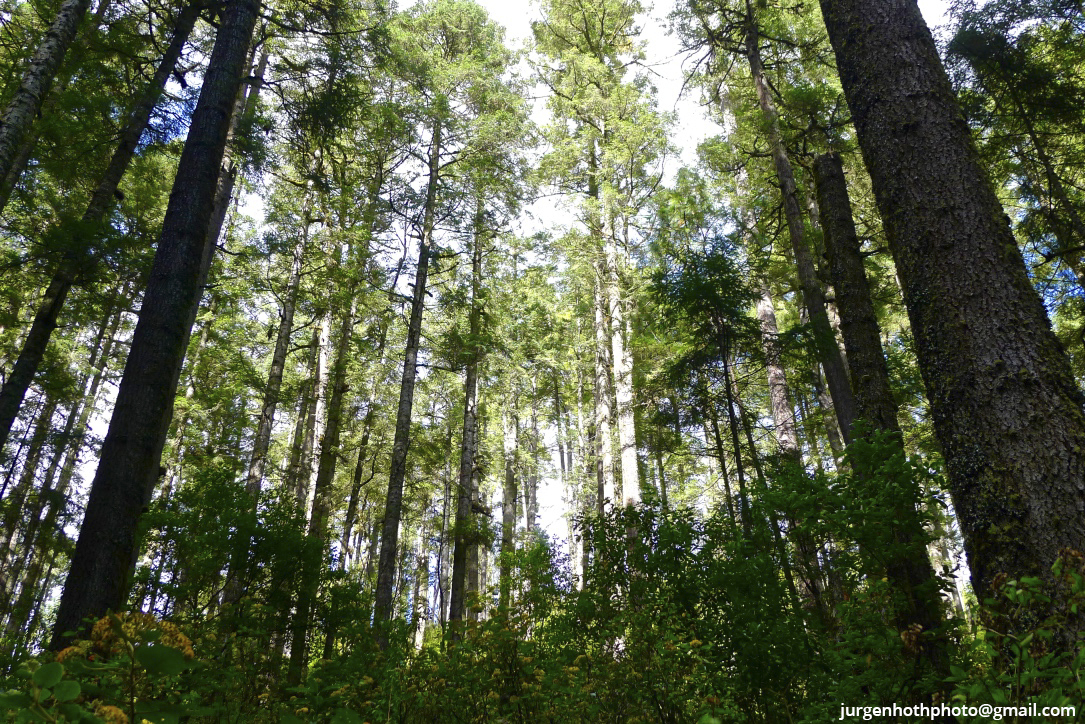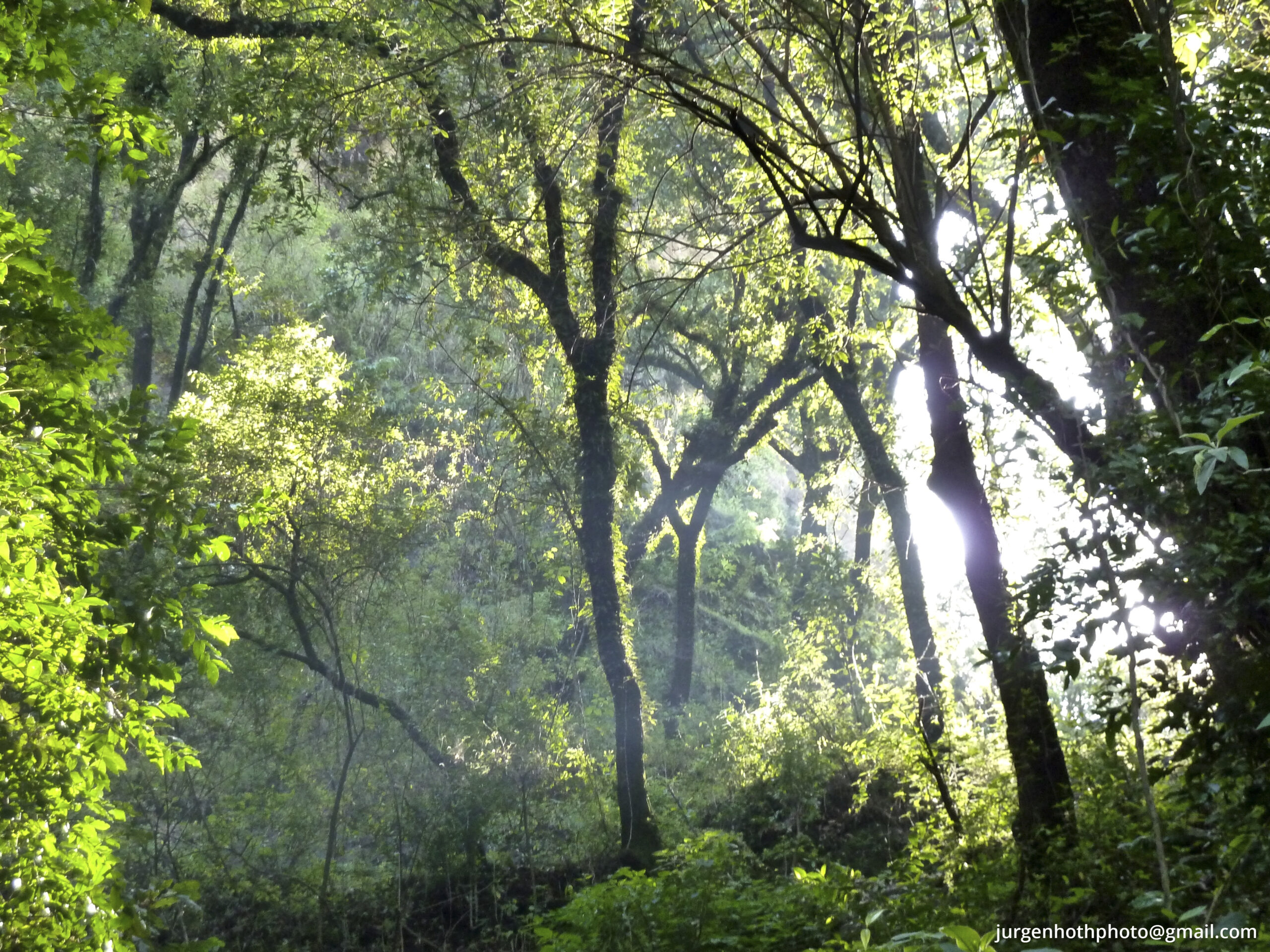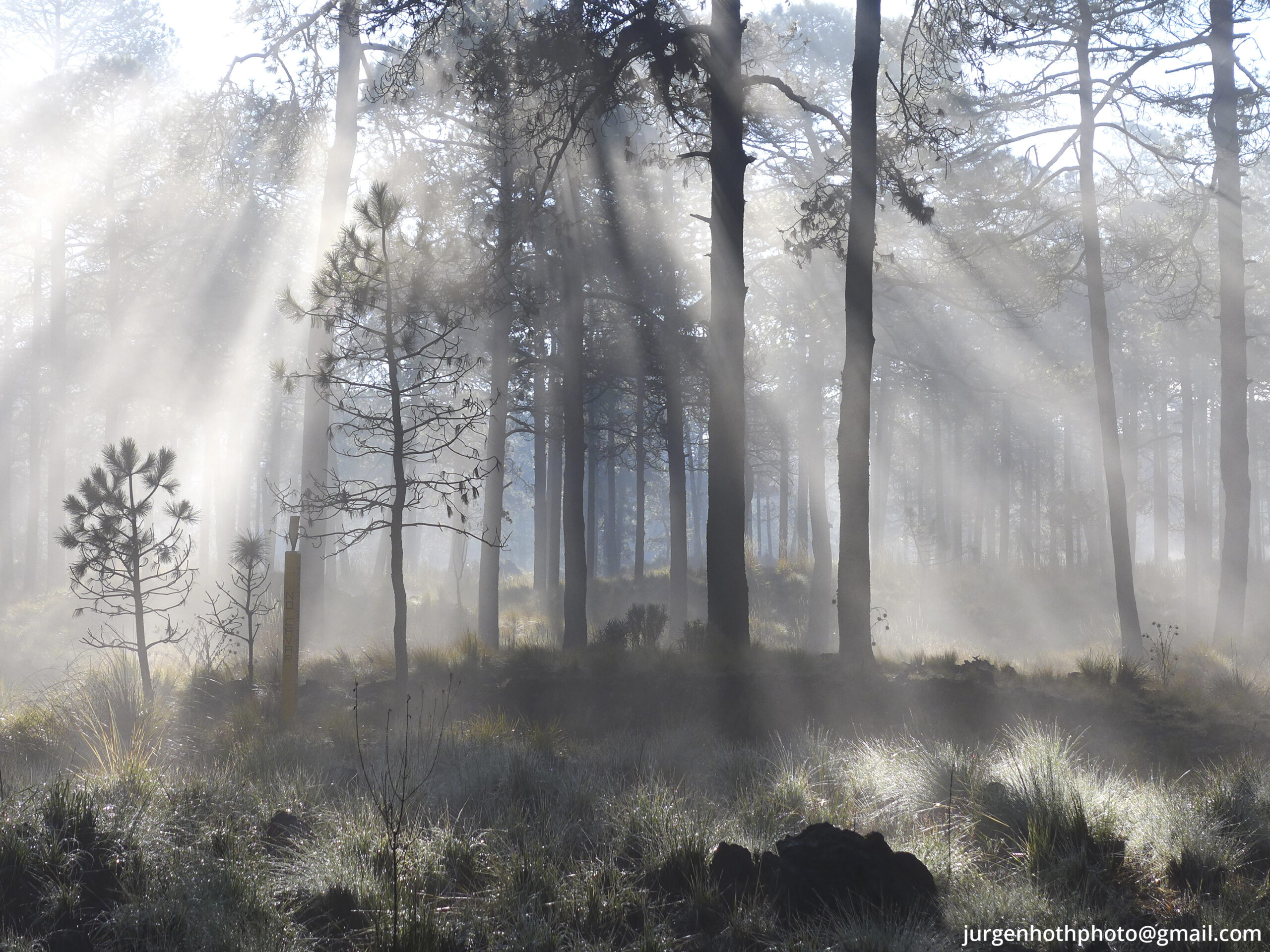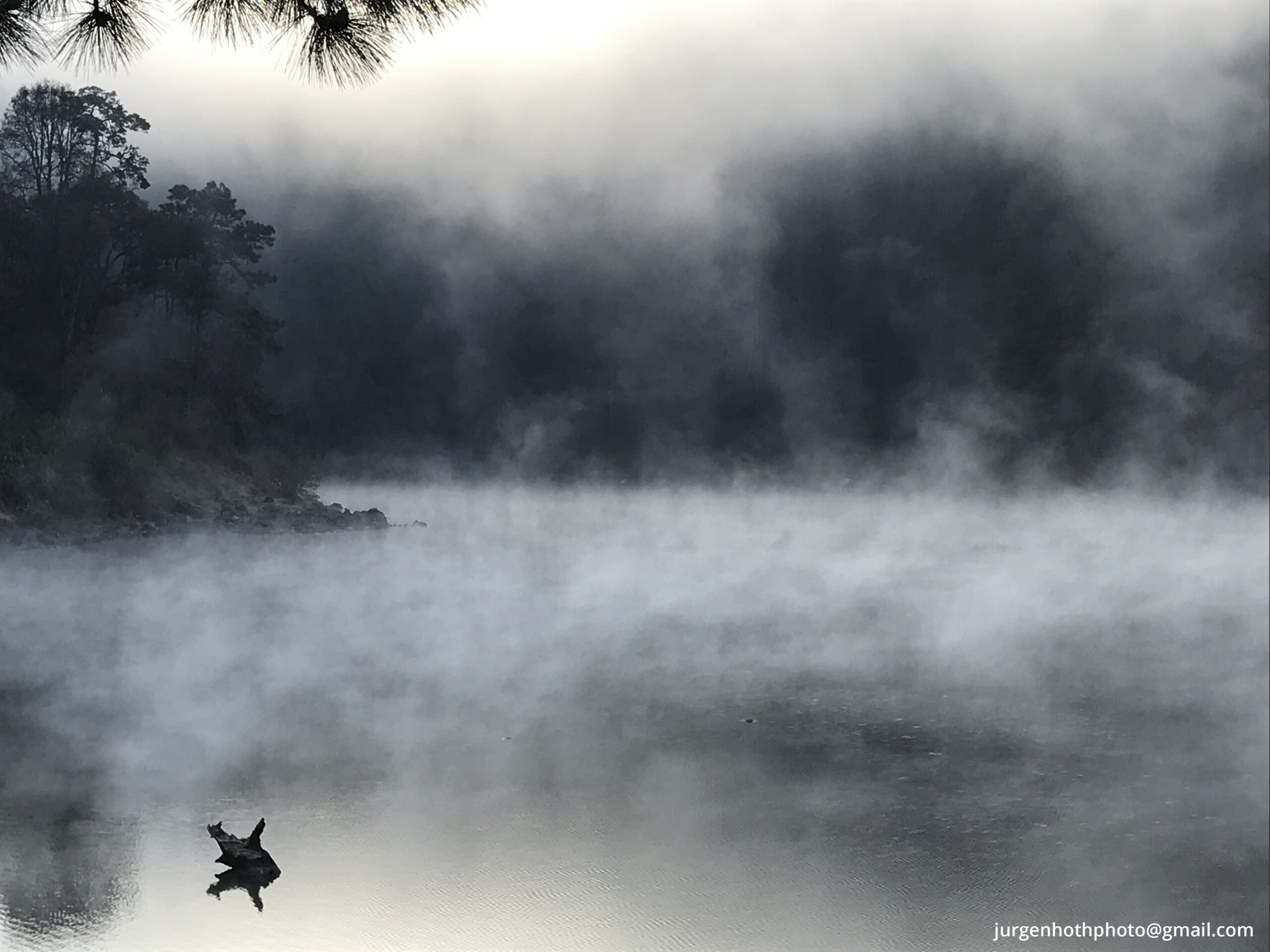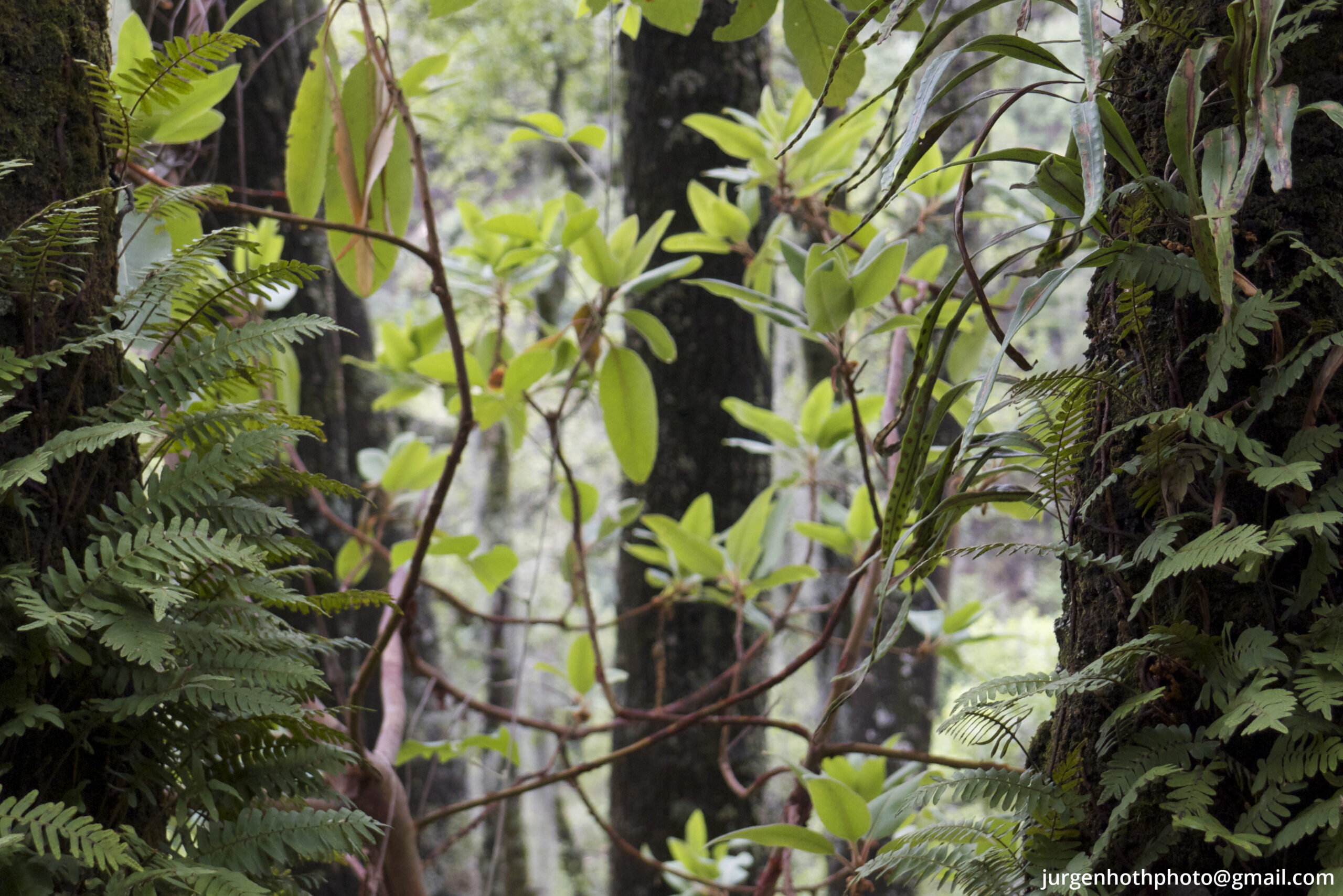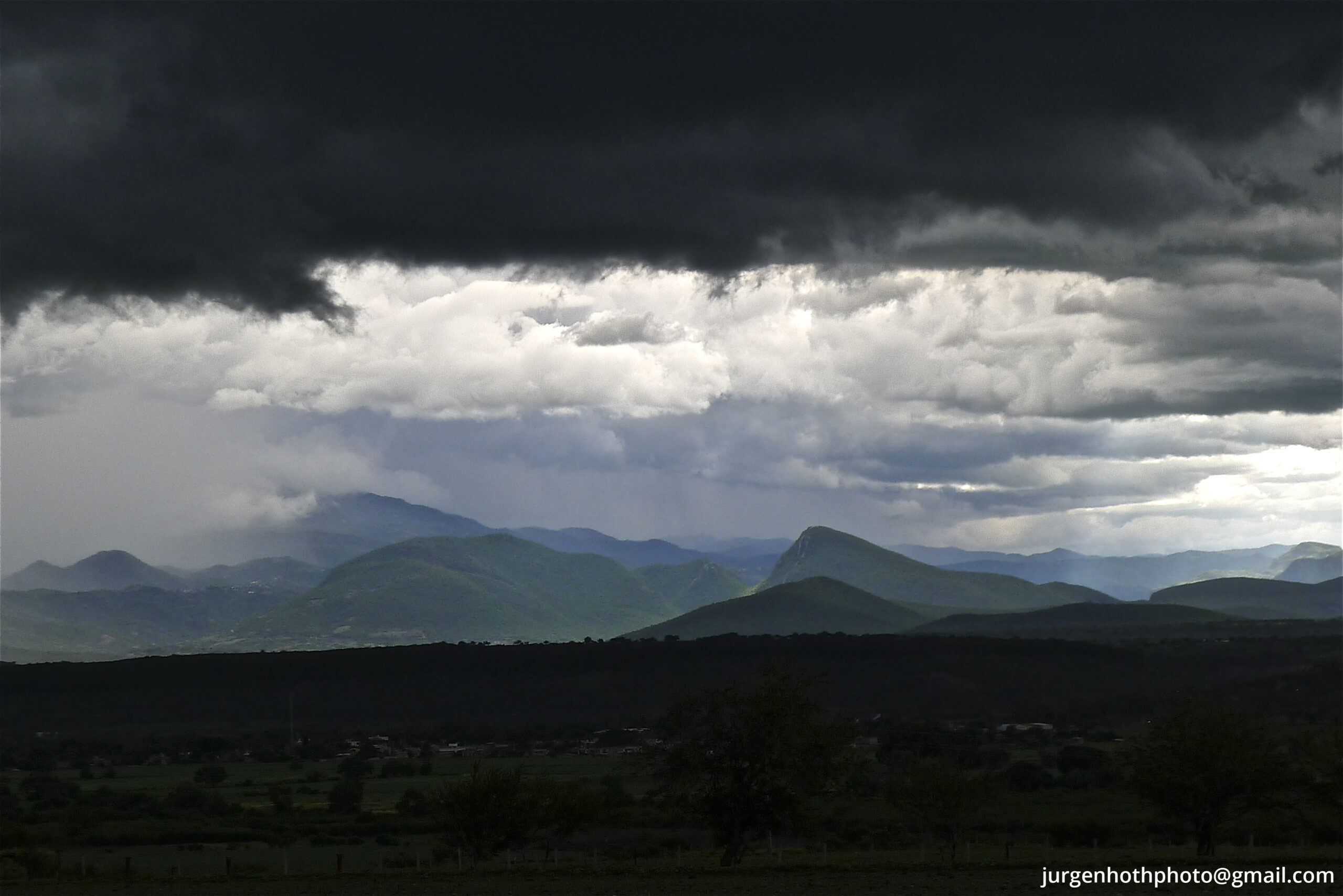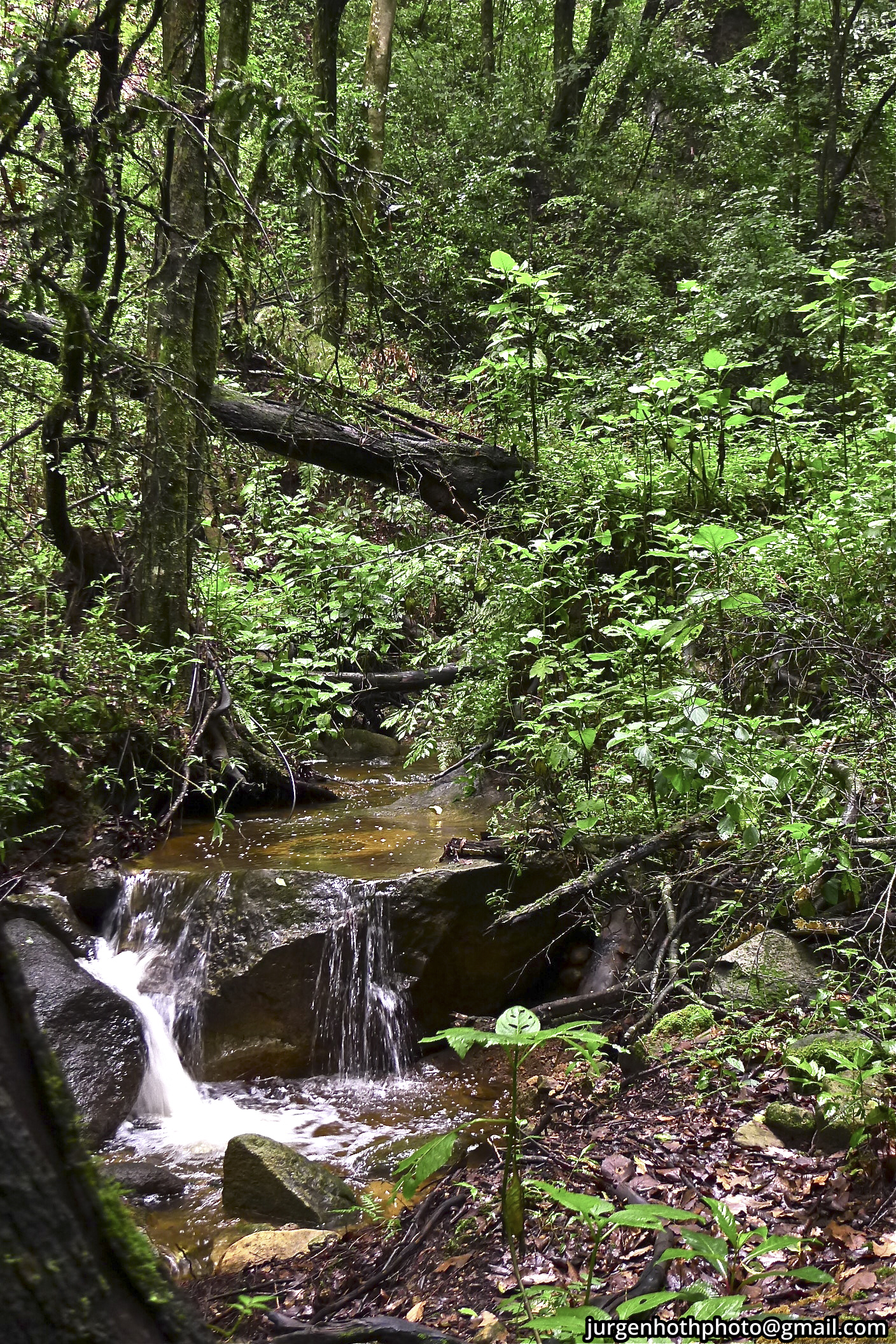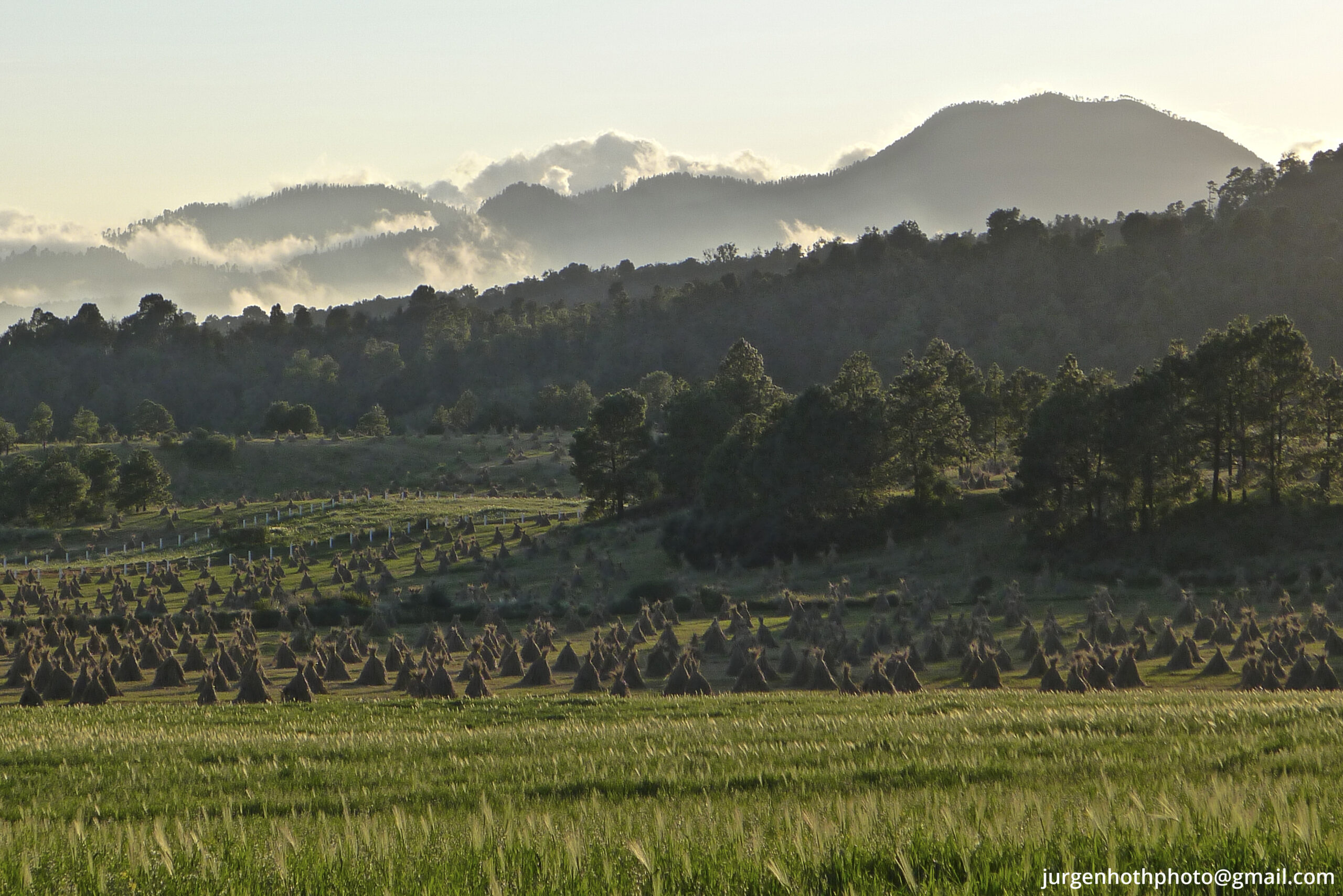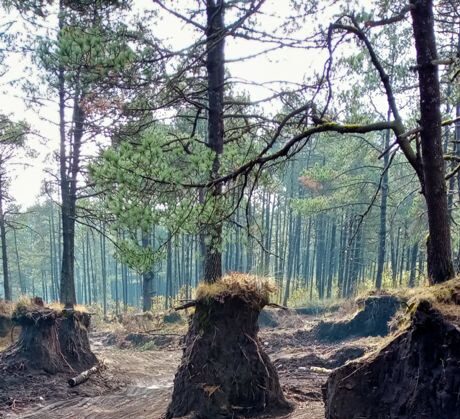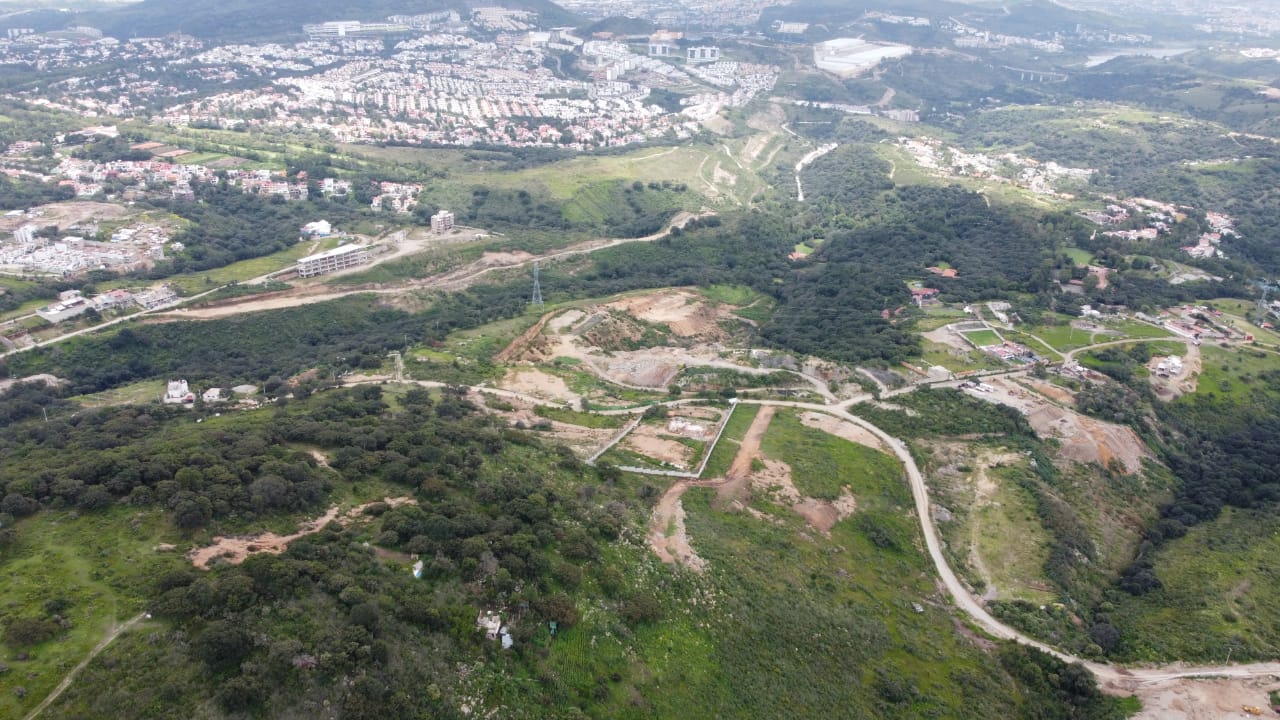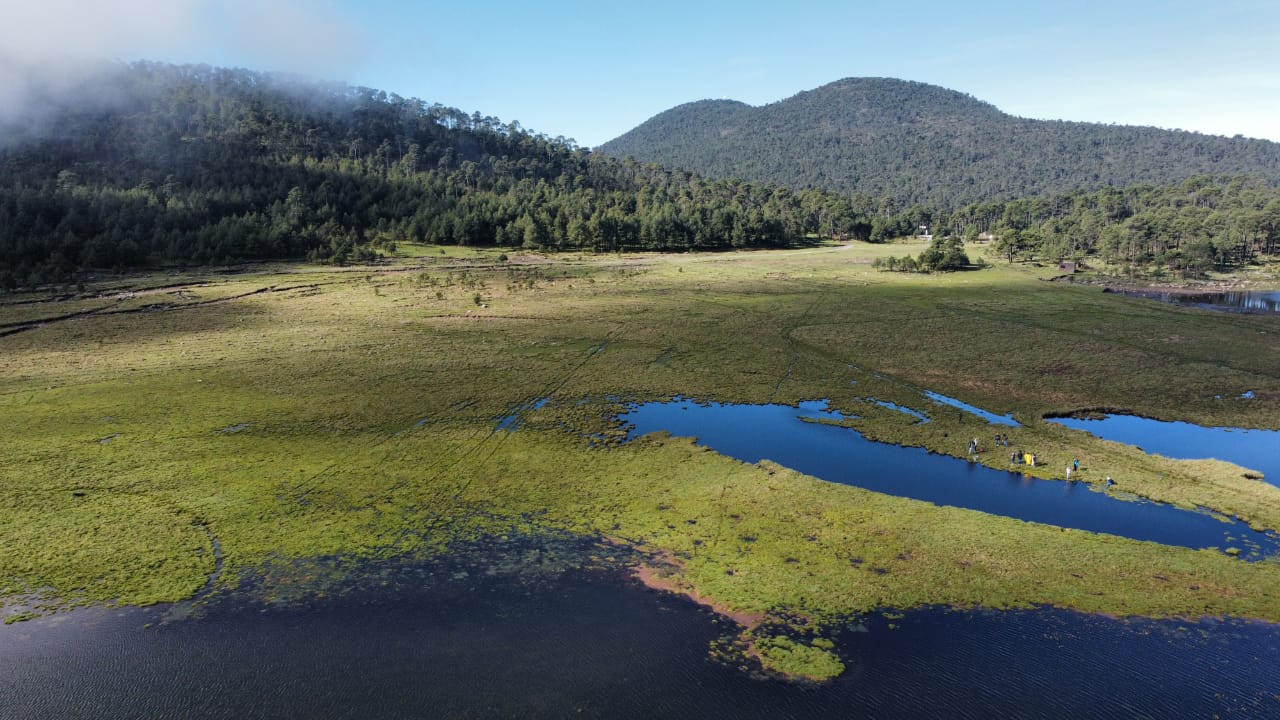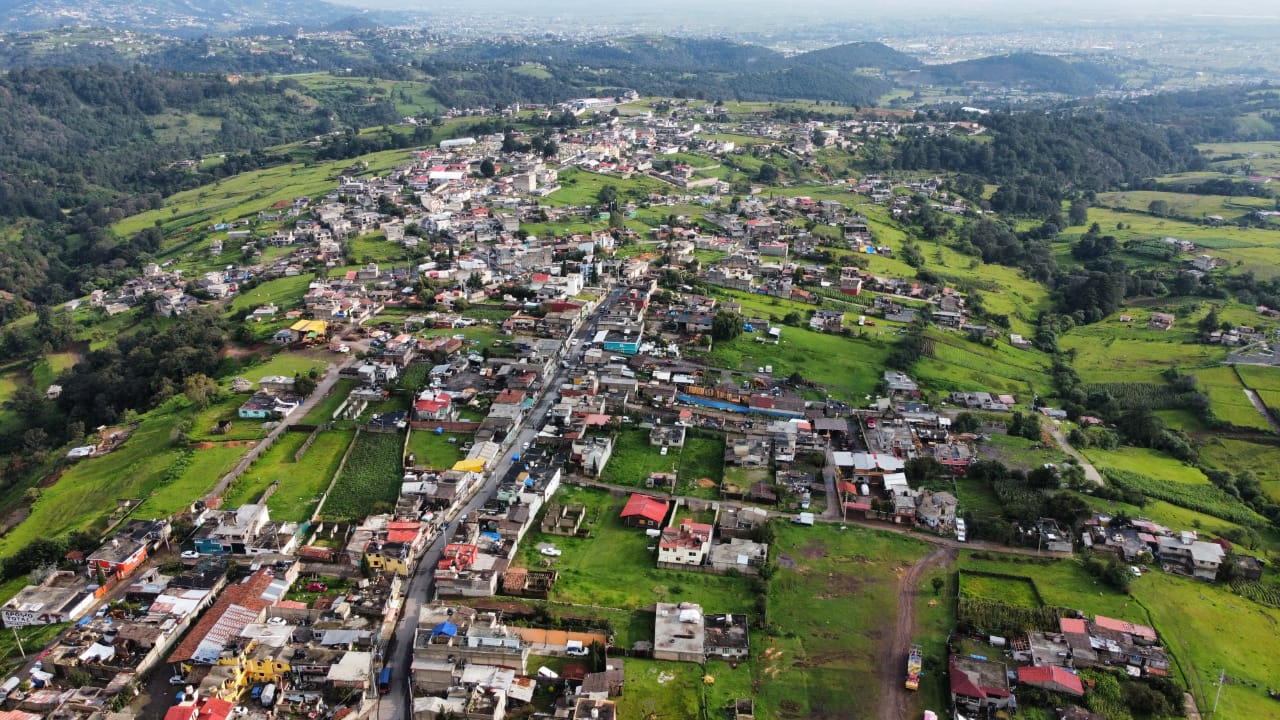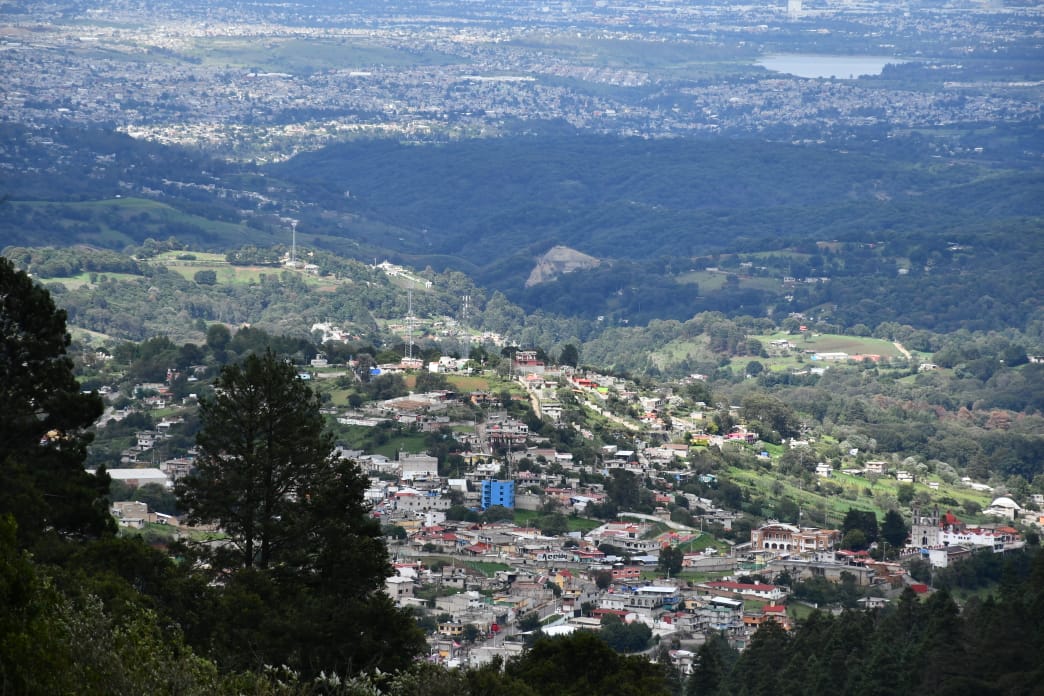Protect the Heart of Mexico, Defend the Water Forest
Support the Fundación Biosfera del Anáhuac, A.C. (FUNBA)Photo © Jurgen Hoth jurgenhothphoto@gmail.com
BECAUSE YOU CARE ABOUT MEXICO
The rapidly disappearing Water Forest is the largest benefactor of Mexico’s most densely populated region, providing water and vital ecological services to over 23 million people. Its future is in jeopardy, but YOU can be part of the epic story to achieve its conservation!
The social, economic and political stability of Mexico, current and future, depend on the Water Forest’s ecological integrity. 30% of the national GDP is generated in the surrounding valleys. This is why the Water Forest is considered an issue of National Security. The Fundación Biosfera del Anáhuac (FUNBA) coordinates the in-depth project, collectively developed, for the sustainable future of this vitally important natural area.
BIODIVERSITY
The Water Forest is also home to the biodiversity that keeps the ecosystems and their ecological services properly functioning. 10% of its species are endemic, a total of 325 species of plants and animals found nowhere else on Earth.
THREATS
Despite being surrounded by Central Mexico’s Megalopolis, the Water Forest is a rich and functional biological corridor, seriously menaced by multiple threats, including urban sprawl on all fronts and from within.
HOW YOU CAN HELP SAVE THE WATER FOREST
The Fundación Biosfera del Anáhuac, A.C. (FUNBA) was created in 2011 to address the alarming Water Forest conservation challenge.
FUNBA promotes cross-sector participation in the planning and comprehensive management of hydrological basins and micro-basins, achieving ambitious goals through alliances with key players of all sectors, with special emphasis on community and academic involvement.
And we need your help to sustain this important work. When you give to FUNBA you contribute to saving nature and civilization at a large-scale: the Water Forest’s 255,000 hectares, the surrounding Megalopolis, and the native communities that own the Water Forest lands.
You also enable the smaller-scale projects that build-up to making the big change happen, such as community participatory diagnosis and land-use planning, capacity building, and the design and lobbying for environmental public policies and law reforms
Photo © Jurgen Hoth jurgenhothphoto@gmail.com
GIVE TO THE WATER FOREST
With your help, FUNBA will be able to operate a world-class conservation-oriented team of professionals and community environmentalists to address this challenge of colossal magnitude and strategic importance.
Photo © Víctor Ávila
HEAR FROM THE FUNBA TEAM
In 2019, the Water Forest Initiative adopted the Collective Impact model to generate cross-sector collaboration towards sustainability of the Water Forest.
Led by FUNBA, five research institutions, ten community-based organizations, twelve representatives of other Water Forest communities, several federal and state government agencies, three private sector parties, and ten NGOs, co-created a five-year project.
This overall project is comprised of sixteen research for incidence subprojects, ranging from revisiting the legal framework to community-based land-use planning.
The overall project is conceived as a thorough trasdisciplinary, intercultural solution. Its innovative conceptual framework is the co-construction of knowledge for the co-production of ecosystem services.
Core to the project’s General Incidence Goal is optimizing the Water Forest’s capacity to provide water to local and surrounding communities as well as to ecosystems.
The overall project’s yearly budget is in the order of US$3.3 million.
We need your help to sustain this important work.
WHY IS THIS AREA SO CRUCIAL?
Water supply to at least 23 million people.
Climate regulation against the urban thermal footprint in a region that becomes increasingly covered by cement.
The Water Forest mitigates the effects of climate change in a region that daily generates tons of greenhouse gases.
Home to the biodiversity that keeps the ecosystems and their ecological services functioning properly.
CLICK BELOW TO EXPLORE THE WATER FOREST
WATER FOREST FAQs
What is the Water Forest?

Despite being surrounded by Central Mexico’s Megalopolis, the Water Forest is a rich and functional biological corridor, seriously threatened by urban sprawl on all fronts and from within.
Why is the water forest area so crucial?
The main environmental services provided by the Water Forest, all of them irreplaceable, free, interdependent and threatened, are the following:
- Climate regulation against the urban thermal footprint in a region that becomes increasingly covered by cement: without the forest, in ten years regional temperatures would increase above the yearly estimated median.
- Oxygen exchange through carbon capture: without the Water Forest, air quality would be unsustainable for living conditions to at least a third of the population during the dry season.
- Water supply to at least 23 million people.
- Mexico’s most biodiverse ecosystem in the smallest area in Mexico: a super diverse area in species and ecosystem processes, biological sustenance for the Water Forest’s very existence. Home to the biodiversity that keeps the ecosystem and their ecological services functioning properly.
- The natural areas adjacent to the cities are their only buffer against environmental contingencies.
- Depending on what researchers inform you, the Water Forest benefits 23 to 32 million people.
- The Water Forest mitigates the effects of climate change in a region that daily generates tons of greenhouse gases.
- Prevents landslides.
- Prevents soil erosion.
- Prevents floods into a valley that was originally a lake and still behaves like a lake
What are the threats to the water forest?
The Water Forest is menaced by several unrelenting trends:
- Urban sprawl on all fronts and from within
- Poor reforestation practices
- Loss of native grasslands and its wildlife: grasslands are not recognized as a valuable land-use
- Illegal logging associated either to poverty or to organized crime
- Soil extraction for gardens in the surrounding cities
- Land tenure conflicts
- Expanding agricultural frontier
- Overuse of dangerous agrochemicals
- Rampant chaos
What makes FUNBA’s work unique?
FUNBA is the founder and coordinator of the Water Forest Initiative, which in turn is the ONLY multisector coalition dedicated to creating a sustainable future for the largest natural area in the megalopolis of Central Mexico.
How big is the Water Forest?
255,000 hectares.
Besides 23 million people, what other lifeforms depend on the Water Forest?
Mexico is the world’s 4th most biodiverse country, presenting the highest number of endemisms and ecosystems. The Water Forest presents Mexico’s highest number of endemisms. The Water Forest harbours 10% of Mexico’s flora and fauna species10% of its species are endemic: 325 species of plants and animals found nowhere else on Earth.It harbours 8 of Mexico’s 10 great ecosystems: coniferous forests, quercus forests, mesophilous forests, dry shrubland, native grasslands, deciduous tropical forests, riparian forests, aquatic vegetationIt houses 5 of Mexico’s 6 ecological zones: subhumid tropical zone, humid temperate zone, sub-humid temperate zone, arid and semi-arid zones, alpine zones.
How Are Indigenous Peoples Involved?
The Water Forest presents a multi-lingual, multi-ethnic mosaic. Since time immemorial, four ethnic groups populated the Water Forest mountains: TLAHUICAS, OTOMÍES, MAZAHUAS and NAHUAS. But today, due to multiple reasons to migrate, the Water Forest is also populated by TOTONACAS, ZAPOTECOS, MIXTECOS and many other indigenous groups.
The Water Forest itself is communally-owned by 191 agrarian nuclei comprised of these native groups settled in the region since before the late 1930s. The Water Forest Initiative is currently working with 10 Water Forest community-based organizations, representing the three watersheds that originate in the Water Forest, as well as the three states involved. These are the following:
MEXICO VALLEY – PANUCO RIVER WATERSHED:
- Grupo de Monitoreo Biológico Milpa Alta (San Pablo Oztotepec, Milpa Alta, Mexico City)
- Gobernanza (Topilejo, Tlalpan, Mexico City)
- Axosco Coyoliztli, A.C. (Ajusco, Tlalpan, Mexico City)
- Casa Armaluz (Cuajimalpa, Cuajimalpa, Mexico City)
- Huellas Verdes (San Juan Yautepec, Hixquilucan, State of Mexico)
- Trabajando por el Desarrollo de Jilotzingo, A.C. (Jilotzingo, Jilotzingo, State of Mexico)
LERMA RIVER WATERSHED:
- Ghi Munsithj Paghim Phraso = Nos Juntamos para Estar Bien (San Pedro Atlapulco, Ocoyoacac, State of Mexico)
BALSAS RIVER WATERSHED:
- Comunidad de Chalmita (Chalmita, Ocuilan, State of Mexico)
- Colectiva Mujeres por Mujeres de Tepoztlán (Tepoztlán, Tepoztlán, State of Morelos)
El Encinal de Santa María (Santa María Ahuacatitlán, Cuernavaca, State of Morelos)
What are the projects FUNBA supports?
- ECOBA: Regional Strategy for the Conservation and Sustainable Development of the Water Forest 2024-2050 (ECOBA for its acronym in Spanish): Participatory agreement of the desired future for the region, as a written common agenda. This will update the ECOBA 2012-2030. (Implemented by FUNBA)
- SOCIO-ECOLOGICAL STUDY FOR THE CO-PRODUCTION OF ECOSYSTEM BENEFITS: A participatory approach for the assessment, monitoring and evaluation of ecosystem benefits, and the collective design of local specific projects to bolster ecosystem services (Implemented by El Colegio de México)
- FORCA: Workshops for participatory diagnosis and planning, through organizational and capacity building in collaboration with the ten selected community-based organizations, towards their own local common agendas for the conservation and sustainable development of the Water Forest region. (Implemented by FUNBA)
- TRAINING FOR CONSERVATION: A subproject based on a series of community workshops to identify desired types of nature restoration and conservation training. (Implemented by RECONCILIA).
- LEGAL FRAMEWORK: Reviewing the existing, fragmented legal framework, to design law reform initiatives and to lobby them in the federal and state congresses. (Implemented by UNAM’s Institute of Legal Research)
- ECONOMIC INSTRUMENTS: Research, design and promotion of mechanisms to generate public funds to encourage local communities to protect their forest. One specific economic instrument that we will pursue is the allotment to Water Forest conservation of a percentage of the water bills paid in the surrounding cities. The design of the instrument that will receive these public funds is a key component. (Implemented by the Universidad del Medio Ambiente)
- LAND-USE PLANNING, COMPREHENSIVE WATERSHED MANAGEMENT, SYSTEM OF PROTECTED AREAS AND BIOLOGICAL-HYDROLOGICAL CORRIDORS: The Water Forest region has been unfolding chaotically. This subproject will use participatory methodologies to decide on the use of the territory, giving priority to the voice of the owners and inhabitants of the land. (Implemented by FUNBA)
- COMPREHENSIVE FOREST ECOSYSTEM MANAGEMENT: participatory workshops to find out what the local communities intend for their forests, with particular emphasis of fire management. (Implemented by UNAM’s Research Institute of Ecosystems and Sustainability)
- REPLENISHING UNDERGROUND WATER: Communally agreed-upon strategies to bolster the Water Forest’s capacity to provide water to local and surrounding communities, as well as to the ecosystem itself. (Implemented by UNAM’s Geology Institute)
- BIODIVERSITY AND CONTRIBUTIONS OF NATURE TO PEOPLE: transdisciplinary strategies for Water Forest Conservation and Sustainable Use, with four angles: environmental education, food landscape, phytodiversity, research for the sustainable tourism project. (Implemented by the Universidad Autónoma del Estado de México’s ICAR)
- GRASSLAND RESTORATION, REFORESTATION AND AFORESTATION MANAGEMENT: This pioneer community-science subproject restores grasslands and manages sites where poorly done reforestations and aforestations caused ecosystem degradation. (Implemented by the Grupo de Monitoreo Biologico de Milpa Alta)
- OPEN INFORMATION PLATFORM: This subproject will create, more than a geographic information system, a platform where all the information generated throughout the project will become available for strategic learning and decision-making to the communities and other interested parties. (Implemented by the Centro de Investigación en Ciencias de Información Geoespacial, A.C.)
- REVISITING THE DESIGN OF WATER FOREST PROTECTED AREAS: This subproject will assess, through -primarily- community participatory workshops, but also with relevant government agencies, the efficiency of existing protected areas in the Water Forest, to suggest changes that will translate in better functionality. The resulting re-design will be lobbied for in the relevant congresses. (Implemented by the Mexican Center for Environmental Rights – CEMDA)
- FOREST-BASED INCOME GENERATION STRATEGIES: Among all possibilities to be distilled through the FORCA processes, we have developed a Water Forest Sustainable Tourism Strategy 2030. Tourism can prompt communities to have the healthiest possible forest. Adjacent to Mexico’s largest tourism market, the Water Forest has untapped potential in this regard. (Implemented by NATOURE)
- COMMUNICATIONS STRATEGIES (Implemented by FUNBA)
- FUNDING STRATEGIES (Implemented by SOS Plataforma de Proyectos and FUNBA)
FUNBA LEADERSHIP
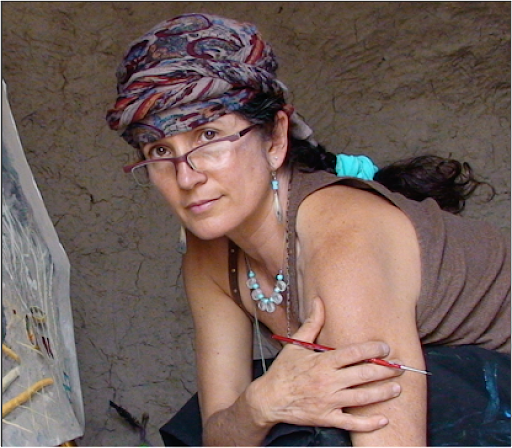
Beatriz Padilla
FUNBA President
Beatriz Padilla has devoted her life to the environment from very original perspectives, founding and leading projects such as the design and construction of Mexico’s first solar race car, the intercollegiate electric vehicle racing championships Electratón México and Electratón Guatemala, Mexico’s Advanced Battery Consortium, the Water Forest Initiative and Tinta Vital, a company that focuses on the production of environmental comic books.
In 2005 she began her project Wilderness Conservation Painting Expeditions, whereby she has embarked, to date, on 32 in situ painting expeditions to endangered and protected wild areas in Africa, Europe, the Caribbean, and the American continent, including, of course, her native Mexico. Her paintings have been exhibited in nine countries, mostly in Europe.
As President of the Fundación Biosfera del Anáhuac, A.C., Beatriz coordinates the Water Forest Initiative whose focus is on protecting the natural area that is the largest and most important benefactor to over 23 million people in central Mexico.
